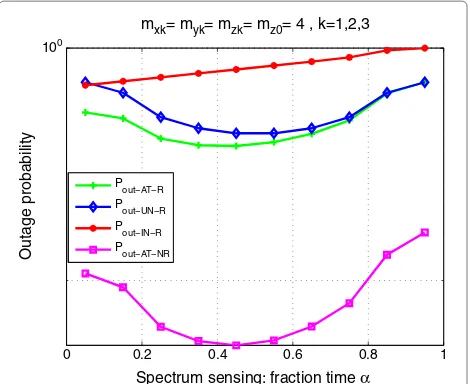Continuous transmit in cognitive radio systems: outage performance of selection decode and forward relay networks over Nakagami m fading channels
Full text
Figure




Related documents
Table 5.8: High Status Group: High and Low Morality/Warmth Mean Response Times Comparing the Low Status Out-Group Prime and Neutral Prime.
Therefore, according to such theory, the pollution tax rate should be calculated according to external costs rather than be referred to precise amounts of pollution
To distinguish between the distractions within the brain the proposed work analyses data collected from mobile sensors (accelerometers for movement, mobile EEG for
Since the product of the expenditure share and the aver- age price level of nontraded goods enters the national price level, a higher per capita income, which increases the
The economies also suffered from island specific problems which were not caused by the direct actions of their colonial government: Malta‟s growth was too dependent on
city differences between street traders in terms o f claiming places to trade from a
As Figure 34 indicates, when the HEI institutional group is taken into account, almost 86% of young London residents completing higher education qualifications in 2015/16 at
In support, a positive association was found between the traumatic and centrality features of SMs and current feelings of shame, whilst the recall of early affiliative